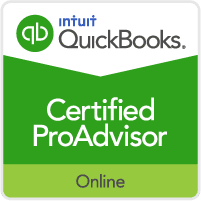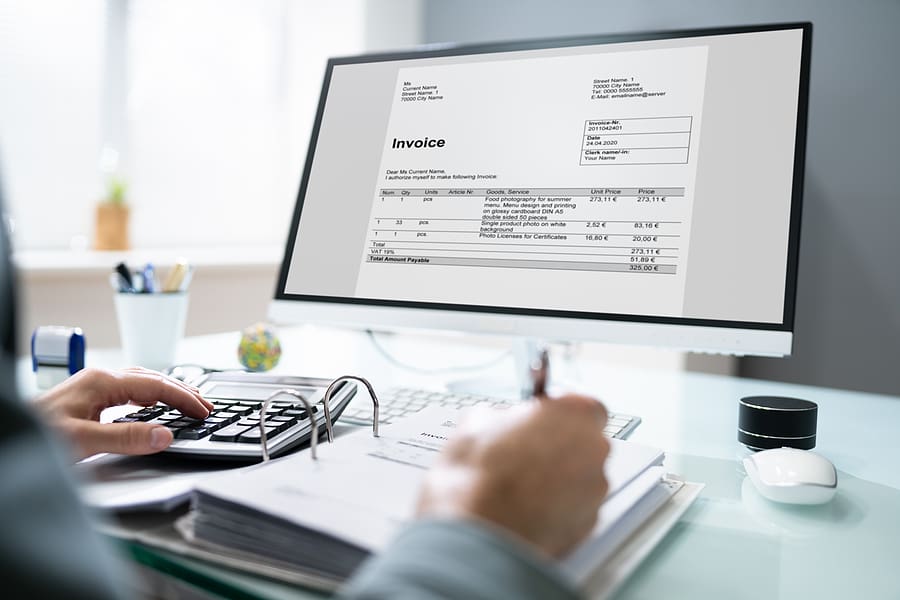A Step-By-Step Guide to Reading a Profit and Loss Statement
How do you determine the health of your business? In the most basic sense, a healthy business is one that is making a profit. But a balance sheet doesn’t always give you the full picture. To truly determine the financial health of your business, you need to know how to accurately interpret a profit and loss statement.

What is a Profit and Loss Statement?
A profit and loss statement, usually referred to as a P&L statement, provides detailed information about both revenue and expenses for your business. This statement will show you a clear picture of both revenue and expenses and how they are working together to impact your bottom line. To prove your financial health to investors or to make decisions about budgeting, you need to have a complete document, and a P&L statement gives you all the information you need.
Components of a P&L Statement
The main components of a P&L statement are:
- Revenue (sales)
- Cost of Goods Sold (COGS)
- Gross Profit (Sales – COGS = gross profit)
- Operating Expenses
- Net Income (Gross profit – operating expenses = net income)
Step 1: Start with Total Revenue (Sales)
Calculating the total revenue is as simple as adding up the net sales for the accounting period. Any revenue earned from the primary business activities, as well as any other income, will be included in the total revenue. Starting with revenue is important, because every other line in the P&L statement relies on what revenue was brought in during that specific reporting period. It’s important to note that for a monthly P&L statement, you’ll include all the revenue, even if there are still outstanding invoices. For a quarterly P&L statement, you’ll only include revenue received during that quarter.
Step 2: Deduct Cost of Goods Sold (COGS)
Revenue alone doesn’t give you the full financial picture. If you don’t deduct the cost of goods sold, you will not be able to calculate your gross profit. The COGS (Cost of Goods Sold) is any cost that directly impacts you obtaining your revenue and is important to your bottom line. For example, if you are reselling products you purchase from a wholesaler, you will need to include the cost of purchasing the goods. If you are manufacturing the products, you need to factor the cost of manufacturing, which includes the materials and supplies as well as the cost of labor.
Step 3: Calculate Gross Profit
Determining the gross profit is key to assessing the financial health of your business. To calculate gross profit for a specific time period, subtract the cost of goods sold from the total revenue. The gross profit is the money that your business made from selling products or services. This number is far more important to assessing the profitability of your business than simply calculating the revenue. If you sold $1000 worth of services, but the cost to your business was $1100 in labor and supplies, your business was not profitable, despite making sales.
Step 4: Analyze Operating Expenses
Operating expenses are not usually included in the COGS calculation, as they are the overall expenses of operating a business. Operating expenses can include payroll, rent, utilities, travel, equipment maintenance, and office supplies. Managing and controlling operating expenses is very important to the overall bottom line for your business. Even with a healthy gross profit, if your operating expenses are coming in too high, your business will struggle to stay in the black.
Step 5: Calculate Net Income
To calculate your net income, take the gross profit you calculated in step 3 and subtract the total operating expenses. This will give you the total net income of your business for the period. Net income is the biggest indicator of overall profitability, as it will show you the overall profit or loss. You always want this number to come in positive. For a year-end statement, you will also calculate and add any additional income from interest or dividends, and calculate any additional expenses, such as taxes or interest payments due.
Interpreting the P&L Statement
A P&L statement will tell you exactly how your business is doing. By looking through the statement, you can determine both your strengths and weaknesses. For example, if your total revenue from sales is high, you can feel confident that you have a product or service that is in demand. But if your COGS or operating expenses are dragging down your total profitability, you will need to make a change, either by cutting costs or raising revenue. A P&L statement can also show you where your business is trending.
One good month or quarter is great, but if your net profit is dropping from month to month, you will need to address why the business is trending in that direction. If gross profit is dropping, you need to focus on increasing sales. If gross profit is consistent or rising but net profit is dropping, you need to address your operating expenses.
Using the P&L Statement for Decision Making
If your business has investors, they will be very interested in looking at your P&L statement to see how healthy the business is and will likely decide how to keep investing in the business based on this statement.
Business owners can make decisions about how to manage staff and price goods and services based on the information. For example, if the cost of goods sold is high and impacting the gross profit, a business owner may decide to raise prices to increase this margin. If operating expenses are too high, staffing decisions may need to be made to keep the business profitable.
The balance in your bank account can’t determine the health of your business. A successful business understands why things are working, why they aren’t, and what to do with this information. Your P&L statement can lay things out very clearly.
We help businesses like yours keep their finances organized and easy to review. To learn more about how In Balance Bookkeeping Solutions can help your business compile and manage your P&L statement, contact us for a consultation. We keep your books so you can grow your business.






